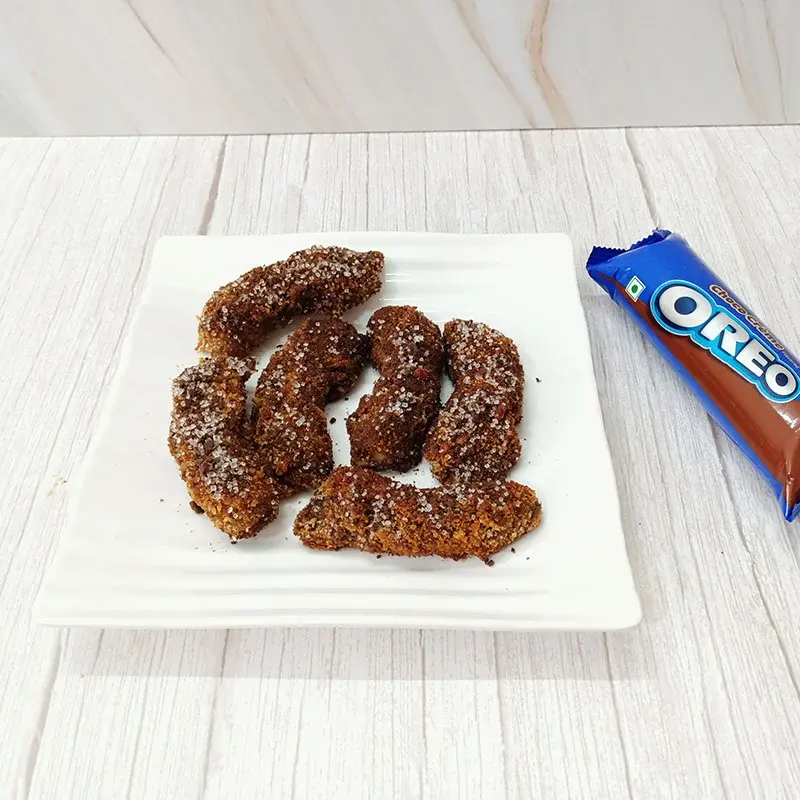Blancmange has a long and exciting history, starting as a white savory dish and evolving into a colorful dessert. Here’s what happened.

Similar to the Italian panna cotta, the blancmange is a dessert that’s popular throughout Europe. It literally means ‘white food’ and is made with milk or cream and sugar, and thickened with a variety of options like rice flour, gelatin or cornstarch. It's set in a mold and served chilled. It can sometimes be flavored with almonds but is usually served plain. Most often white, they’re sometimes given different colors.
They have been around since at least medieval times and have evolved drastically over time. For instance, late food historian Alan Davidson explains that in the “14th and 15th century English blancmanges were made with shredded chicken breast, sugar, rice and either ground almonds or almond milk.'' It could also be a stew of poultry and rice, made in almond milk. In France, over time, almond soups were thickened with rice or bread and are still eaten today. So the blancmange evolved into both, a thick soup and a cold, wobbly dessert.
The dish started out as a Lent dish, made with rice, almond milk and fish like pike or lobster. The fish was also substituted for chicken or capon. When not in Lent, it could also be flavored with spices like saffron, ginger and cinnamon. Some speculation suggests that the dish originated in the Middle East, primarily because this is where they imported rice and almonds from, but this origin hasn't been proven. Since it was imported, neither rice nor almonds were affordable to the common public. This was a dish primarily for the upper classes of society.
For reference, here’s a blancmange recipe from the 1430s:
“For to make blomanger. Nym rys & lese hem & washe hem clene, & do þereto god almande mylke & seþ hem tyl þey al tobrest; & þan lat hem kele. & nym þe lyre of þe hennyn or of capouns & grynd hem small; kest þereto wite grese & boyle it. Nym blanchyd almandys & safroun & set hem aboue in þe dysche & serue yt forþe”.
The recipe stays mostly the same for the next 200 years—chicken or fish, rice, and almond milk, and sometimes spices. It could be served hot or cold. How it was served was also an important aspect of the dish. It could be topped with a sprinkling of sugar, spices or fried almond slivers. Or, the whiteness of the dish could be contrasted with red pomegranate seeds or red coriander seeds as topping. Sometimes, part of the blancmange was colored yellow with egg yolk or saffron and served with the white for theatrical appeal. For instance, in his 1465 cookbook, Maestro Martino of Como wrote in his recipe ‘How to make a Blancmange over Capon’ that, “If you have to capons, dress one white and the other yellow.” This also suggests that blancmange could be served as a topping in itself.

It’s around the 1600s that it started to change. In 1604, a recipe in the book Elinor Fettiplace’s Receipt Book talks about serving up a cold sweet. She describes it as a molded dessert that’s been set with calves’ foot jelly or gelatin, and contains almonds, rice flour, rosewater, ginger and cinnamon. And in the 18th century, it became common to see gelling agents made from calves’ feet or isinglass. Around this time, capon, veal, fish or other proteins started being eliminated from the dish. Cow’s milk and cream took precedence over almonds and almond milk. Color also started being added to the dish around this time. Yellow came from saffron or egg yolks, red from cochineal and green from spinach juice. The addition of color changed the meaning of the dish. It could now be used for show. For instance, in her 1777 cookbook The Lady’s Assistant, Charlotte Mason suggests using white and yellow blancmanges to create mock poached eggs. It could also be molded in different shapes and garnished with jelly, jam or marmalade. Essentially, it could be used to make an impression. For instance, at a party on 29 June 1770 by Sir Watkin-Williams Wynn, 15,000 people were served meals created by “three coaches full of cooks” and included “shapes landscapes, in jelly, blanc-mange, &c.”
The blancmange has changed drastically from what it used to be in medieval times. A dessert today, it's one of those dishes that evokes strong emotions from people. Most either love it or hate it. But it's a solid mainstay, popular all over the world today.
More Like This
Popular Articles





Trending Web Stories
Curated Recipes
















